Marine scientists are engaged with the examination of ocean floor sediments. These are constituted by small particles of sand, clay, volcanic ash, minerals and organics. This small grain size means analysis is highly challenging. Two divergent types of sediment were examined for this case study.
Applicable Measures
| |
Measure |
Range of Acceptance |
| Applicable Measures |
Equivalent Circular Area Diameter |
3 – 500 microns |
| Equivalent Elliptical Area Width |
3 – 500 microns |
| Equivalent Elliptical Area Length |
10 – 500 microns |
| Ellipse Aspect Ratio |
1 to 30 |
| Circularity |
0 to 1.0 |
| Smoothness |
0 to 1.0 |
The first sample comprises extremely small grains, measuring less than 50 microns, and is more similar to a silt than to sand grains. A representative image describes a large proportion of tiny particles. A sample of thumbnails is represented here.
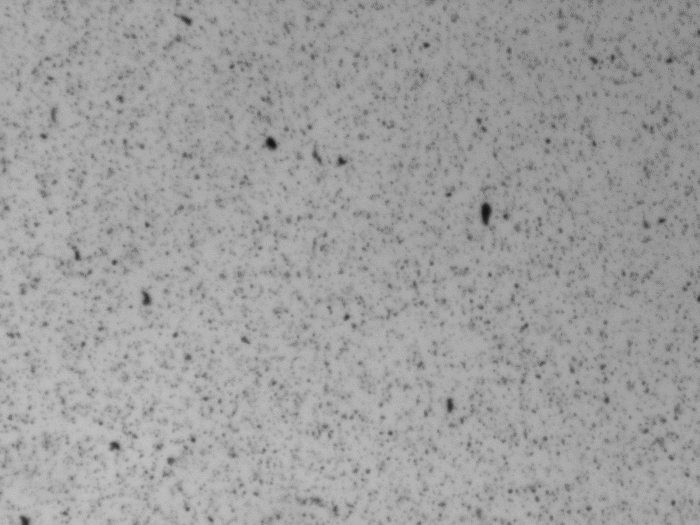
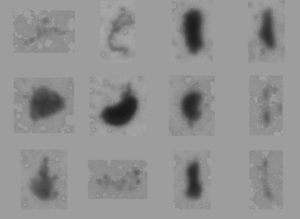
Due to this particularly high particle concentration, clusters of particles are often characterized as a singular unit. Such clusters are represented by the faint thumbnails here. These can be overcome by re-analyzing the sample.
The Circle shape model is optimum for such small sizes. Only three measurements are required for this first sample, comprising ECA diameter, circularity and smoothness. This information is integrated with Ellipse Aspect Ratio (EEA) to determine whether there are any non-spherical objects present. The unfiltered sample results describe an irregular diffusion of sizes less than 50 microns:
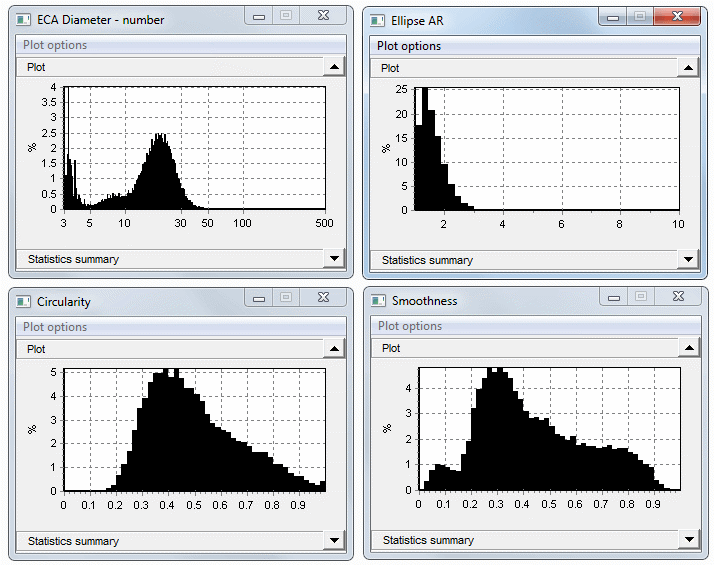
To overcome the clusters, the sample should be re-analyzed according to certain conditions, encompassing circularity above 0.35, smoothness above 0.4, and rectangularity above 0.65. Following the imposition of these conditions, a sample of thumbnails describes the following appearance. The filtered reanalysis yields a size distribution that predominantly ranges from 10 to 50 microns. Circularity and smoothness are now substantially higher.
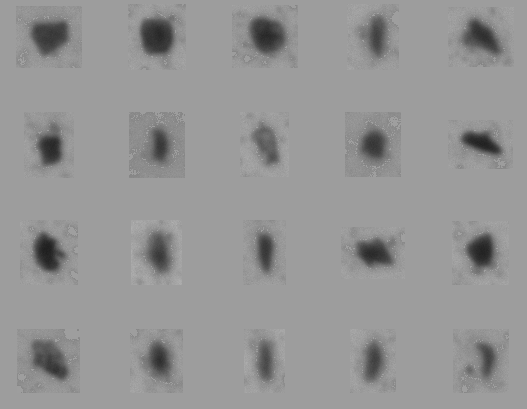
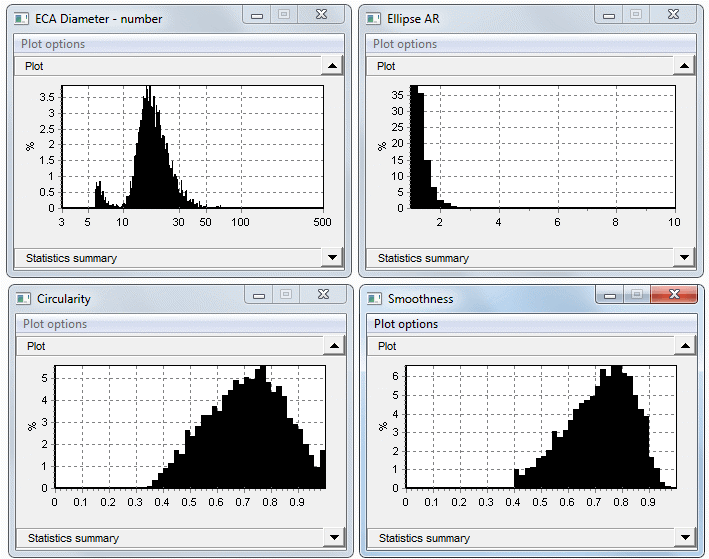
The second sample embodies somewhat larger and more defined particles. A representative image is presented here. The particle thumbnails describe crystalline grains embodying an aspect ratio of around 2:1. Fixing ellipses to these grains yields an adequate measurement of length and width (numbers given are EEA length).
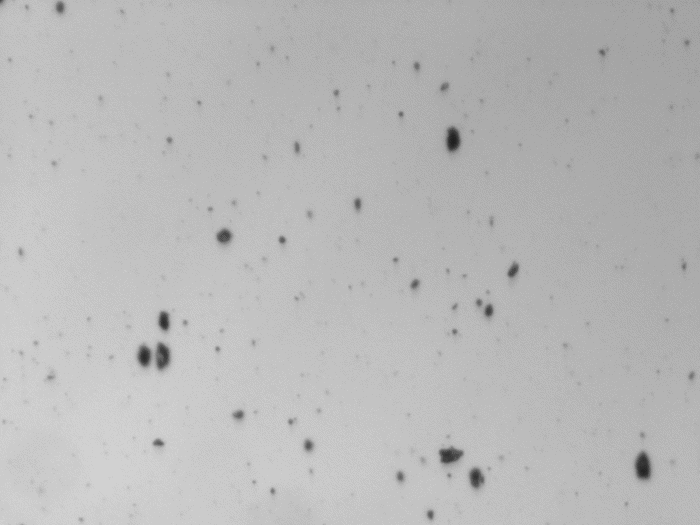
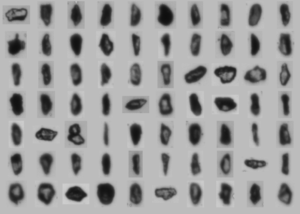
Filtering is not required for this sample. The size and shape examination outcomes are presented below. Particle lengths range from 10 to 200 microns. Average circularity is about 0.6, which represents the non-spherical shapes.
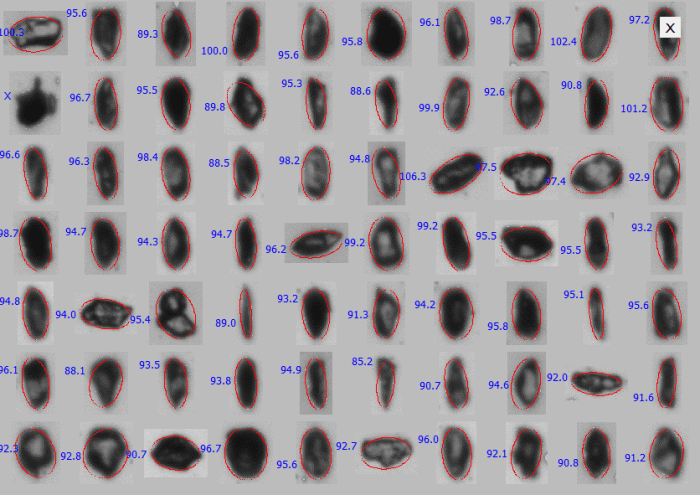
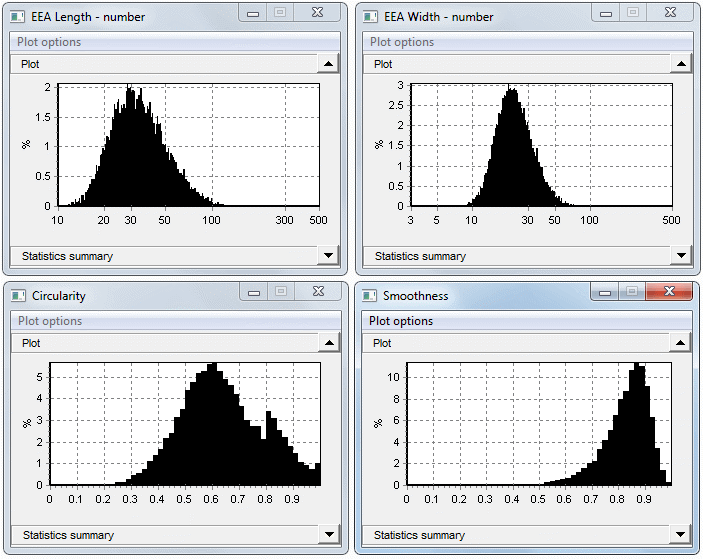

This information has been sourced, reviewed and adapted from materials provided by Vision Analytical Inc.
For more information on this source, please visit Vision Analytical Inc.